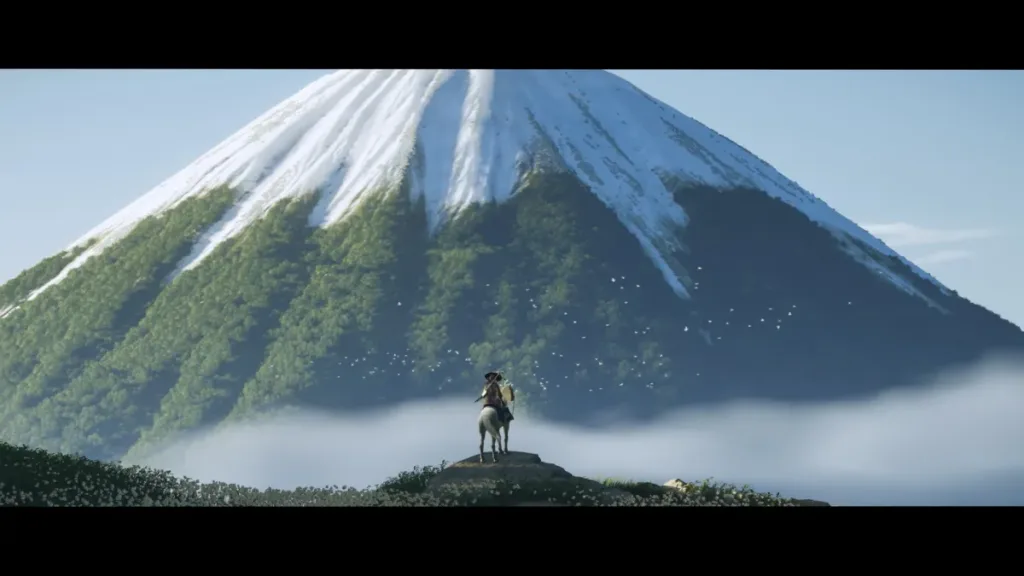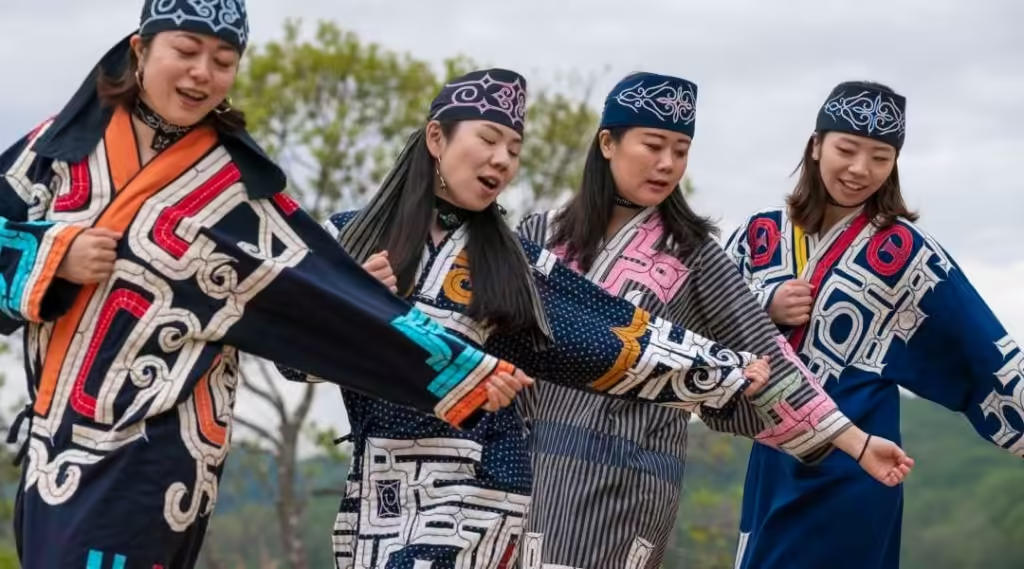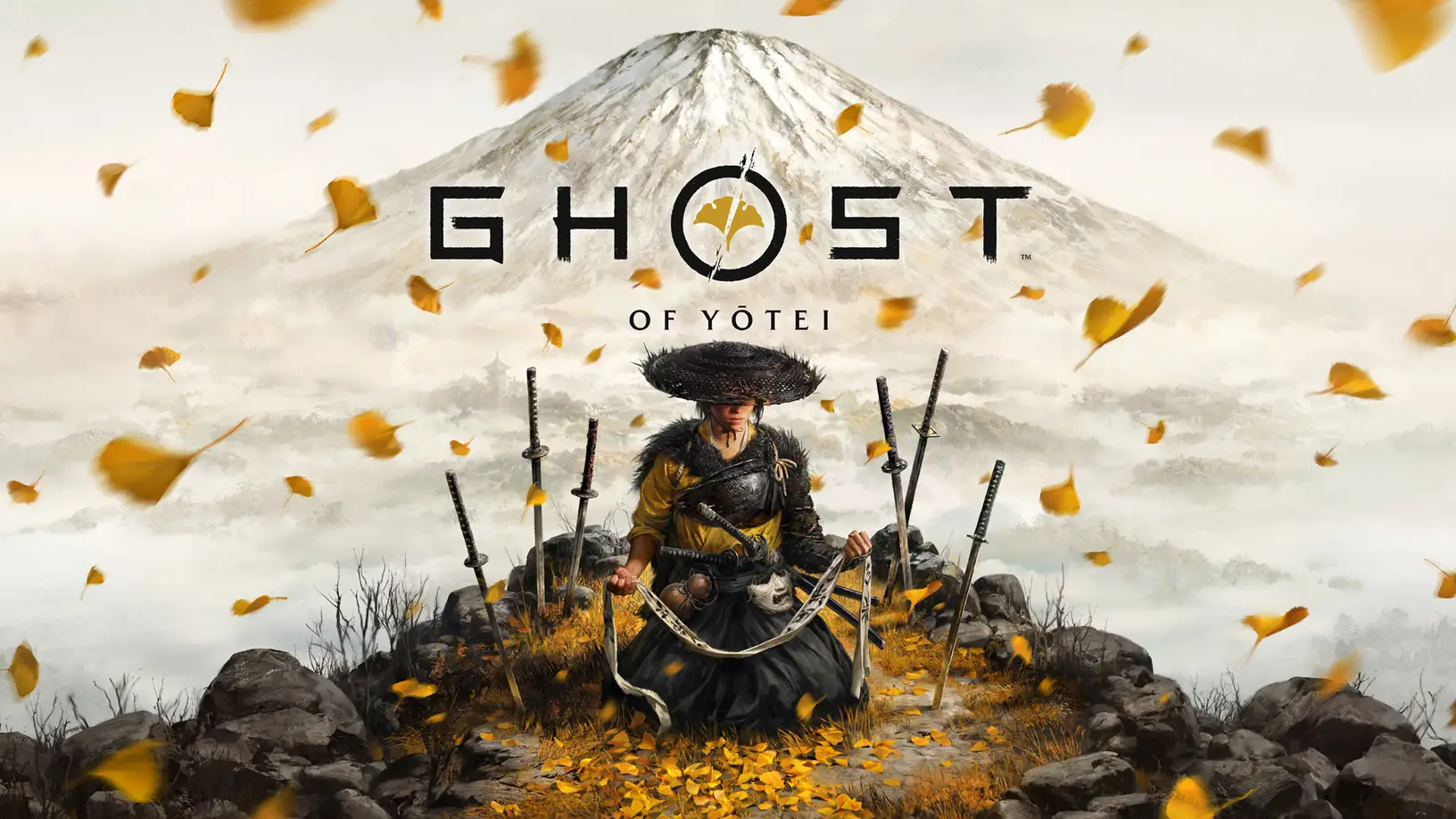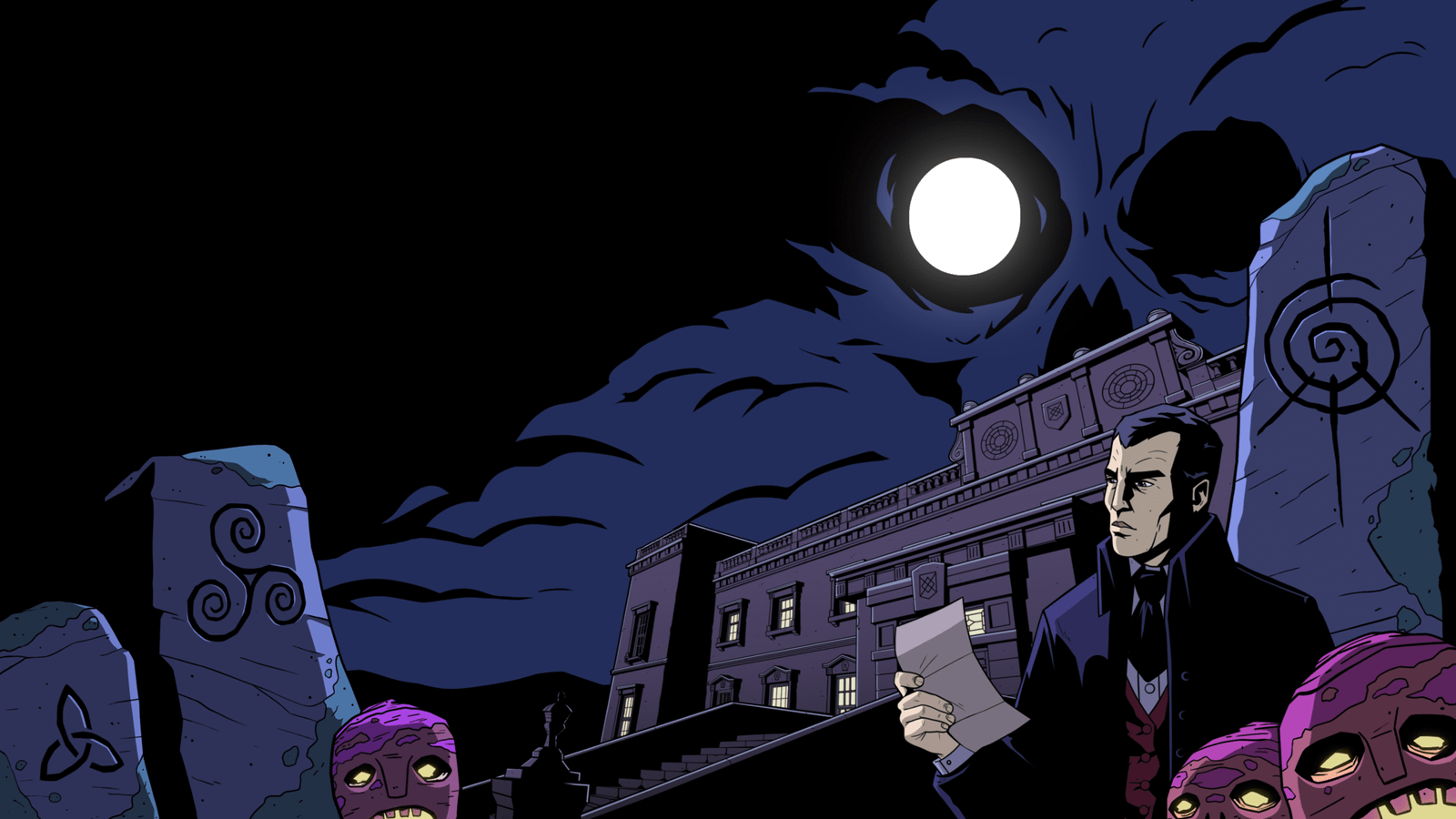Editorial: Shining a Light on the Ainu – Ghost of Yotei
In my previous editorial, I discussed how games are more than just the sum of their parts. They are not simply about a character model navigating the world and interacting with assets. Instead, they are an art form that can surpass other media by offering a fully interactive look into a world. Players can immerse themselves in the game and choose their level of involvement. For example, I have friends who work in archaeology and meticulously examine all the artifacts, locales, and clothing in games like Assassin’s Creed Odyssey and Origins, while others prefer to speed through a playthrough once.
I want to emphasize the true power of a great game: how it makes you feel and what you can take away from it. With that in mind, let’s discuss the upcoming game Ghost of Yotei by Sucker Punch and its potential to tell the story of the Indigenous people of Northern Japan. I can’t fully express my excitement for Ghost of Yotei, but I’ll try to explain a few reasons.
Yotei is a sacred mountain in modern-day Japan, revered by the indigenous Ainu people. There is a growing resurgence of interest in Ainu culture and a renewed respect for nature in Japan and worldwide.

As mentioned earlier, the Ainu people are indigenous to northern Japan, not just Hokkaido. Parts of what is now Tohoku, as well as islands and lands in the Sea of Okhotsk, were historically within their territory. They even walked across ice bridges to reach these areas. This region was known as “Ainu Mosir” or the land of the Ainu. This was long before the Yamato people arrived and established modern Japan, and before the Japanese expanded to dominate the entire Japanese archipelago. Today, the Ainu are mainly concentrated in the central Hokkaido, with only a few towns that they can call their own. It’s worth noting that Sapporo and the nearby Yotei are not within Ainu influence.
At the time of this game, Hokkaido was actually not a part of Japan. The Ainu had a significant presence and essentially tolerated the Japanese setting up small settlements for hundreds of years. While the whole of Hokkaido is sacred to the Ainu, certain points stand out and feature in tales, such as mountains, certain rivers, and forests being favored by the Kamuy – central to their beliefs. The Kamuy are Gods who come to earth and take the forms of animals, providing food, fur, bone, sinew, and other precious materials to the Ainu. They have an incredible relationship with the natural world, and only hunted when they needed to – always with respect for the Kamuy.
One of their major beliefs is that the Kamuy did this willingly. When animals are slaughtered for use, the whole community holds a party for the animals. This is done to send good tidings to the beyond and convince other Kamuy to come to our world as animals. In doing so, they provide the continued bounty of nature to them.
My fiancée and I recently visited the Ainu exhibition at Japan House in London. The exhibition was unique because it was curated by Ainu scholars with the full support of the Ainu community. It showcased many Ainu artifacts and featured videos of some of the last Ainu craftsmen. These videos revealed the challenges faced by the Ainu community, but also showed a glimmer of hope as younger generations are now embracing and preserving their cultural heritage by apprenticing with the old masters. I hope to see these traditional Ainu skills and artistry reflected in the game “Ghost of Yotei”. For example, stylized weaponry and houses built with a specific type of reed unique to Ainu culture could be incorporated. Additionally, the traditional Ainu tattoos, which signify one’s standing in their culture, could be represented on NPCs in the game world. It’s also interesting to note that the modern Japanese aversion to tattoos may have historical roots in anti-Ainu sentiment.

Manga and Anime like the incredible “Golden Kamuy” (ゴールデンカムイ) showcase the Ainu in all their glory. I highly recommend giving it a read. The series combines a deep reverence for the Ainu while also depicting their complicated relationship with the Japanese. It’s a great story with genuinely some of the funniest moments I’ve read in a manga.
This is an opportunity for Sucker Punch to showcase their quality. Tsushima has experienced a cultural and tourism revitalization as a result of the first game, with developers being recognized by the local government for shedding light on the beautiful locale and its history and culture. Sucker Punch can now use this opportunity to bring attention to the Ainu culture and generate global interest in preserving their truly remarkable heritage. I hope they make the most of this opportunity and do not let it go to waste!
With the protagonist of Yotei already shown interacting with local wildlife with respect – for example, her interacting and greeting a wolf, I think this will be a story that navigates the relationship between the Japanese and Ainu people and their connection to the land. While this may seem far-fetched, I would like to remind you of how Sucker Punch used Haiku, the flute, and other elements to bring the Islands of Tsushima to life in the original game. Kitsune helped Jin find items, and smaller, Hokkaido-specific Kamuy could show the way in Yotei. Additionally, while showcasing more amazing temples to scale and explore would be brilliant, depicting Ainu areas of worship can also be easily done.
Music can also be a form of expression. The Ainu people have a deep appreciation for music and song, and their festivals are characterized by singing, dancing, and chanting. These activities are not only to honor the Kamuy, but also to celebrate the seasons, as well as the land, sea, rivers, trees, and everything they are grateful for. Their positive outlook is contagious, and their love for the world now serves as an inspiration for environmentalists and historians alike.
In order to connect the Ainu more deeply to the world of video games and to demonstrate how they have inspired games in the past, their influence can be observed in the Horizon games – Zero Dawn and Forbidden West. The Ainu referred to themselves as the Utari, which means comrades or people. Can we identify a tribe in these games that not only respects the land but also worships land gods as guardians of nature? Indeed, we can – the UTARU.
For those who are not familiar with the Ainu, I highly recommend learning about them. They have a vibrant culture and are very open, wanting the world to see their love and respect for the land and Kamuy.
It is one of our goals to visit Hokkaido, and I would love to experience the Ainu culture and hear their stories. I highly recommend that everyone visits Hokkaido and meets these amazing people!
Ghost of Yotei Game Information
Price: $TBA
Publisher: Sony Interactive Entertainment
Developer: Sucker Punch Productions
Director(s): Nate Fox & Jason Connell
Producer(s): Brian Fleming
Platform: Sony PlayStation 5
To learn more about the Ainu People’s History and Culture please visit The Foundation for Ainu Culture.
Do you have a news tip or wish to contact us directly? You may reach us at hello@robotsoverdinosaurs.net.










